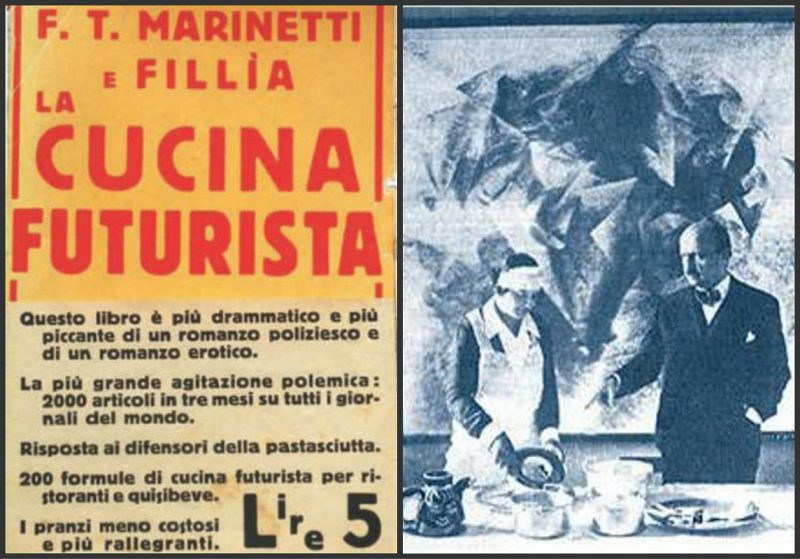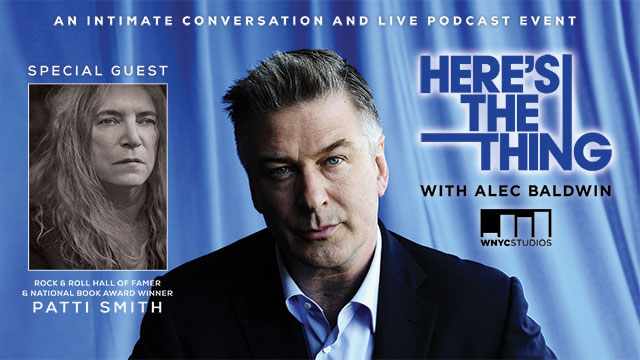“None of us has really the ability to understand our path until it’s over,” the celebrated graphic designer Milton Glaser muses less than a minute into the above video.
The 86-year-old Glaser’s many contributions to pop culture—the I ❤ NY logo, the psychedelic portrait of a rainbow-haired Bob Dylan, DC Comics’ classic bullet logo—confer undeniable authority. To the outside eye, he seems to have a pretty firm handle on the path he’s been traveling for lo these many decades. Aspirant designers would do well to give extra consideration to any advice he might share.
As would the rest of us.
His “Ten Things I Have Learned,” originally delivered as part of a talk to the AIGA—a venerable membership organization for design professionals—qualifies as solid life advice of general interest.
Yes, the Internet spawns bullet-pointed tips for better living the way spring rains yield mushrooms, but Glaser, a self-described “child of modernism” who’s still a contender, does not truck in pithy Instagram-friendly aphorisms. Instead, his list is born of reflection on the various turns of a long and mostly satisfying creative career.
We’ve excerpted some of his most essential points below, and suggest that those readers who are still in training give special emphasis to number seven. Don’t place too much weight on number nine until you’ve established a solid work ethic. (See number four for more on that.)
MILTON GLASER”S TEN RULES FOR WORK AND LIFE (& A BONUS JOKE ABOUT A RABBIT).
1. YOU CAN ONLY WORK FOR PEOPLE THAT YOU LIKE
Some years ago I realized that… all the work I had done that was meaningful and significant came out of an affectionate relationship with a client.
2. IF YOU HAVE A CHOICE NEVER HAVE A JOB
Here, Glaser quotes composer John Cage: Never have a job, because if you have a job someday someone will take it away from you and then you will be unprepared for your old age.
3. SOME PEOPLE ARE TOXIC AVOID THEM.
Glaser recommends putting a questionable companion to a gestalt therapy test. If, after spending time with that person “you are more tired, then you have been poisoned. If you have more energy, you have been nourished. The test is almost infallible and I suggest that you use it for the rest of your life.”
4. PROFESSIONALISM IS NOT ENOUGH (or THE GOOD IS THE ENEMY OF THE GREAT)
Glaser concedes that a record of dependable excellence is something to look for in a brain surgeon or auto mechanic, but for those in the arts, “continuous transgression” is the quality to cultivate. Professionalism does not allow for that because transgression has to encompass the possibility of failure and if you are professional your instinct is not to fail, it is to repeat success.
5. LESS IS NOT NECESSARILY MORE
I have an alternative to the proposition that I believe is more appropriate. ‘Just enough is more.’
6. STYLE IS NOT TO BE TRUSTED
Style change is usually linked to economic factors, as all of you know who have read Marx. Also fatigue occurs when people see too much of the same thing too often.
7. HOW YOU LIVE CHANGES YOUR BRAIN
The brain is the most responsive organ of the body…. Thought changes our life and our behavior. I also believe that drawing works in the same way…. Drawing also makes you attentive. It makes you pay attention to what you are looking at, which is not so easy.
8. DOUBT IS BETTER THAN CERTAINTY
One of the signs of a damaged ego is absolute certainty. Schools encourage the idea of not compromising and defending your work at all costs. Well, the issue at work is usually all about the nature of compromise…. Ideally, making everyone win through acts of accommodation is desirable.
9. IT DOESN’T MATTER
Glaser credits essayist Roger Rosenblatt’s Rules for Aging (misidentifying the title as Aging Gracefully) with helping him articulate his philosophy here. It doesn’t matter what you think. It does not matter if you are late or early, if you are here or there, if you said it or didn’t say it, if you are clever or if you were stupid. If you were having a bad hair day or a no hair day or if your boss looks at you cockeyed or your boyfriend or girlfriend looks at you cockeyed, if you are cockeyed. If you don’t get that promotion or prize or house or if you do – it doesn’t matter.
10. TELL THE TRUTH
It’s interesting to observe that in the new AIGA’s code of ethics there is a significant amount of useful information about appropriate behavior towards clients and other designers, but not a word about a designer’s relationship to the public. If we were licensed, telling the truth might become more central to what we do.
BONUS JOKE
A butcher was opening his market one morning and as he did a rabbit popped his head through the door. The butcher was surprised when the rabbit inquired ‘Got any cabbage?’ The butcher said ‘This is a meat market – we sell meat, not vegetables.’ The rabbit hopped off. The next day the butcher is opening the shop and sure enough the rabbit pops his head round and says ‘You got any cabbage?’ The butcher now irritated says ‘Listen you little rodent, I told you yesterday we sell meat, we do not sell vegetables and the next time you come here I am going to grab you by the throat and nail those floppy ears to the floor.’ The rabbit disappeared hastily and nothing happened for a week. Then one morning the rabbit popped his head around the corner and said ‘Got any nails?’ The butcher said ‘No.’ The rabbit said ‘Ok. Got any cabbage?’’
Read Milton Glaser’s “Ten Things I Have Learned” in its entirety here.
Related Content:
Milton Glaser Draws Shakespeare & Explains Why Drawing is the Key to Understanding Life
World-Renowned Graphic Designer Milton Glaser Has a Laugh on Old Jews Telling Jokes
Ayun Halliday is an author, illustrator, theater maker and Chief Primatologist of the East Village Inky zine. Follow her @AyunHalliday.



